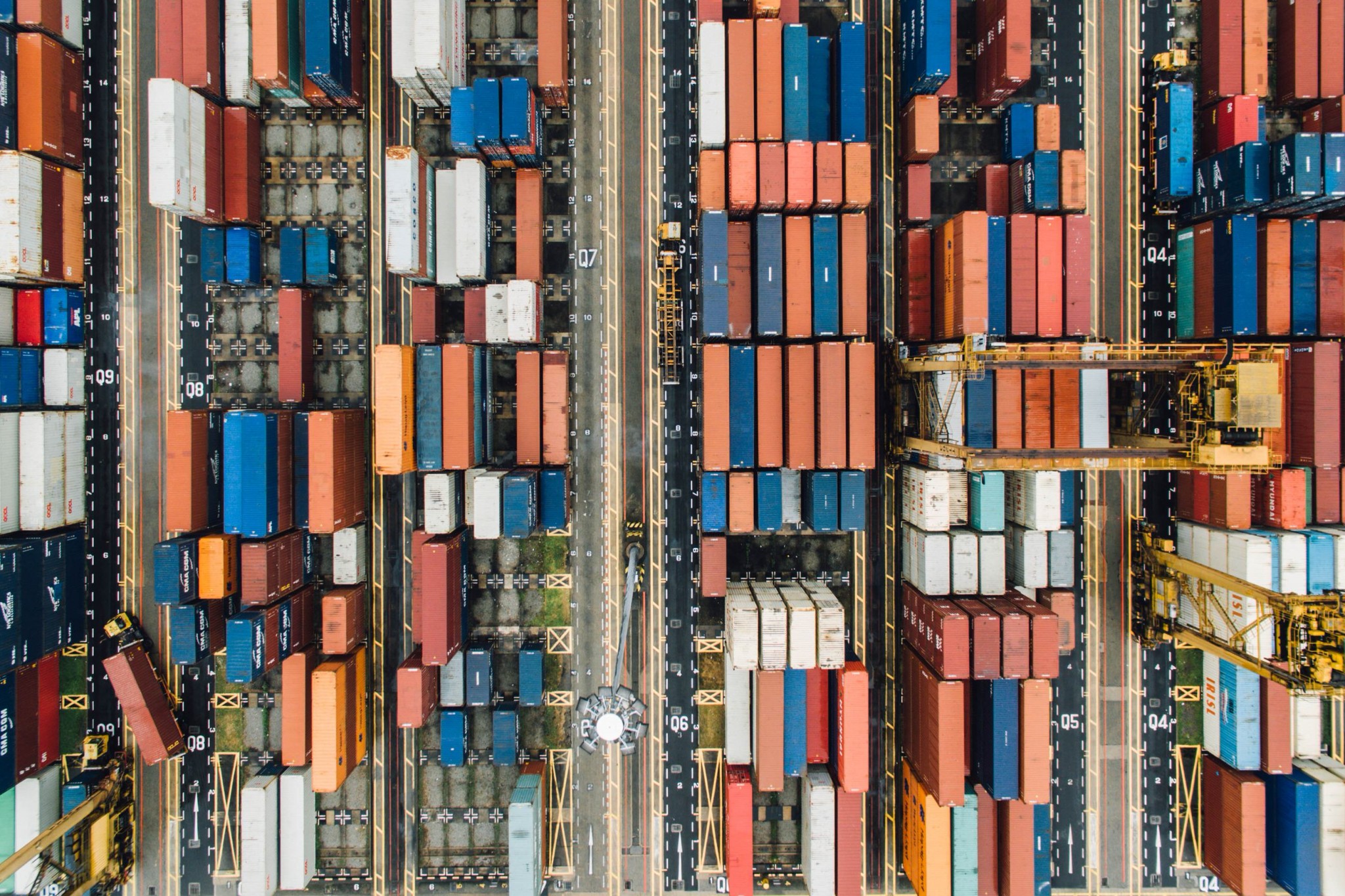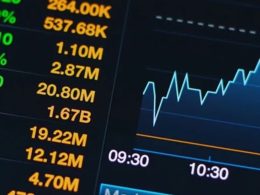Gold Market Cheat Sheet (February 14, 2011)
For the week, spot gold closed at $1,356.72 per ounce, up $7.87 per ounce, or 0.58 percent for the week. Gold equities, as measured by the Philadelphia Gold & Silver Index, fell 1.70 percent. The U.S. Trade-Weighted Dollar Index rose 0.50 percent for the week.
Strengths
- Barry Wainstein, Vice Chairman of Bank of Nova Scotia, announced that the company is planning to expand its ScotiaMocatta Precious Metals eStore business to countries including Dubai and Mexico. Also known as ScotiaBank, the company is Canada’s third-largest bank by assets. ScotiaBank currently sells gold bars and coins through an online store to clients in Canada. Wainstein stated, “We’re looking at a number of different countries simultaneously. In 2011, we may be up and running in one or two countries.”
- Peru’s Vice Minister of Mines, Fernando Gala Soldevilla, said preliminary data for 2010 indicated that Peru ranked third in the amount of exploration investment, only surpassed by Canada and Australia. Soldevilla estimated that nearly 200 exploration companies are now registered with Peru’s Ministry of Energy and Mines. He noted the country now has nearly $4 billion in mining investment, compared to the $2.8 billion in mining investment reported in 2009.
- J.P. Morgan stated it is the only tri-party collateral manager to accept physical gold as collateral to satisfy securities lending and repo obligations with counterparties. This comes as more clients look to use gold as a hedge against inflation and to post as collateral. “The ability to finance and leverage the broadest range of asset classes is important to our clients. Many clients are holding gold on their balance sheets as an inflation hedge and are looking to make these assets work for them as collateral,” said John Rivett, Collateral Management Executive for J.P. Morgan Worldwide Securities Services.
Weaknesses
- Mark Cutifani, CEO of South Africa’s largest gold mining company, said it costs more than $1,000/oz to produce an ounce of gold when you take project development, exploration and all the other costs—cash operating costs and sustaining capital—into account. Mark Bristow, CEO of one of West Africa’s largest gold mining companies, added that costs are an interesting dilemma for the industry, “the real driver of costs at this time is always grade and so the pressures that you’re seeing in the costs—and it’s easy to blame fuel which is a real cost for some—but what you’re seeing is an ever decreasing pay limit as the gold price goes up, and the industry tries to keep producing more and keeping their reserves intact.”
- The official opening of Indaba 2011 by Susan Shabangu, the South Africa Minister of Natural Resources, did not provide any of the assurances investors were looking for. After some recent high-profile prospecting/mineral rights issues there was an expectation that Shabangu would offer comfort that ambiguities in the license-granting processes would be more transparent. While acknowledging the government’s concern that the South African mining sector contracted during the commodities boom, all Shabangu really offered was the hope that a new online prospecting and mining license process would streamline applications. She did not address any of the implications of the license debate. She also did not address the calls made locally by some for a limit on coal exports to ensure adequate supplies to utility Eskom (61 percent of South Africa’s coal is consumed by power stations) nor did she offer specifics on ensuring sufficient infrastructure expansion to support mining industry growth.
- Ernst & Young’s global leader for metals, Mike Elliot, expects that governments are likely to look increasingly toward equity participation in mining companies as a way of getting their own, bigger slice of the resources pie.
Opportunities
- The Industrial and Commercial Bank of China’s ICBC Gold Accumulation Plan (ICBC GAP) allows investors in China to accumulate gold through a daily dollar averaging program. The minimum investment required is 200 Renminbi or 1 gram of gold per day, which is equal to 42 dollars. One million accounts have already been opened since April, resulting in the purchase of over 10 tonnes of gold thus far. The ICBC Bank is the world’s largest consumer bank with approximately 212 million accounts.
- Brazil’s booming mining sector will more than triple its output of iron ore, copper and gold by 2030, according to a government plan. The broad plan foresees investments of around $270 billion during the next 20 years.
- Global economist David Hale discussed “the state of the world” this week and theorizes on how global economic conditions will impact inflation and monetary policies and how these will impact the price of commodities, particularly gold. He predicts that the price of gold will reach as high as $2,000 per ounce by 2015. The factors driving this predicted rise are economic and geo-political. The biggest driver of gold prices, he says, is China, and to a lesser extent, Africa. Hale notes that much depends on the risk of inflation and its impact on growth in the developed and developing world.
Threats
- The possibility of a return to hedging by gold producers during 2011 was raised by Credit Suisse analyst Tom Kendall during his presentation to the Mining Indaba being held in Cape Town. He told delegates that the term “normalization” would be increasingly heard in the financial markets during 2011, and that was not necessarily good for the gold price.
- A senior trader with Mitsubishi Corporation said, “We are facing some liquidation from gold this year because of market optimism towards good corporate results and economic recovery. The Middle East unrest is supporting gold prices, but gold is going to underperform other precious and base metals.”
- Chile, which relies heavily on hydroelectric power, is concerned about the impact of a severe drought on its electricity supplies and says it could lower voltages and save water in hydroelectric reservoirs. Chile’s fear is heightened, as the country needs hydroelectric power to meet energy needs in the world’s top copper producer, and rain shortages force generators to rely on costly fuel-driven plants, compounding inflation risks in the country’s fast-growing economy.












